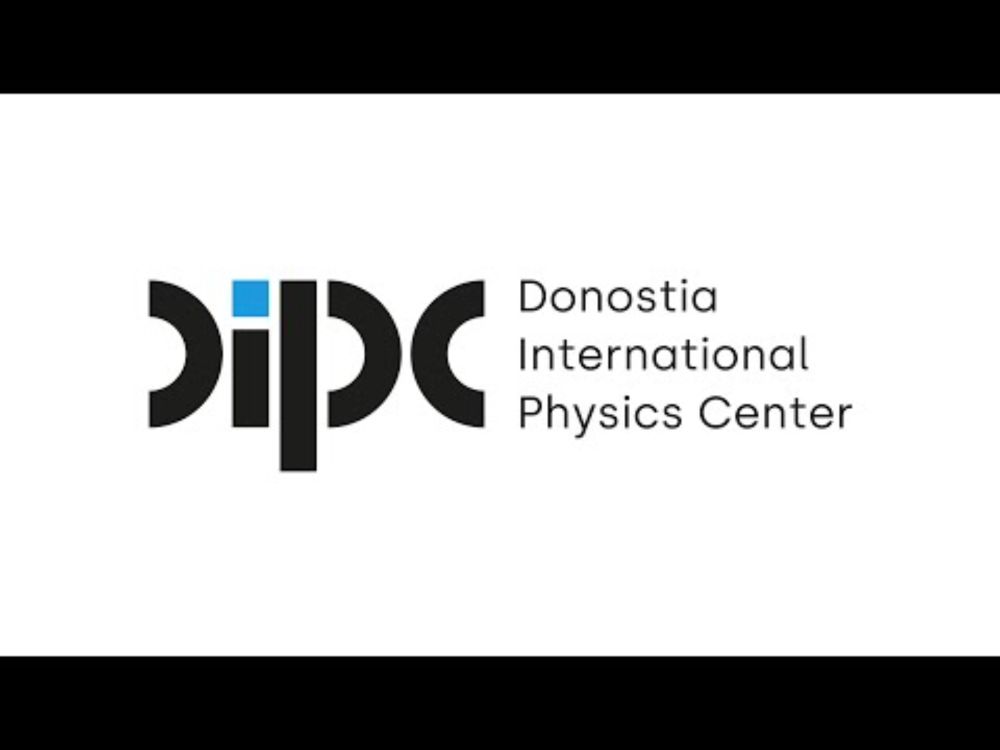Kimika Teorikoa Lab
@theochemehu.bsky.social
220 followers
290 following
50 posts
Theoretical Chemistry Laboratory at UPV-EHU
Donostia - San Sebastián
http://www.ehu.es/chemistry/theory
Posts
Media
Videos
Starter Packs
Reposted by Kimika Teorikoa Lab
Reposted by Kimika Teorikoa Lab
Reposted by Kimika Teorikoa Lab
Reposted by Kimika Teorikoa Lab
Reposted by Kimika Teorikoa Lab
Reposted by Kimika Teorikoa Lab
Reposted by Kimika Teorikoa Lab
Reposted by Kimika Teorikoa Lab
Reposted by Kimika Teorikoa Lab
Reposted by Kimika Teorikoa Lab
Reposted by Kimika Teorikoa Lab






























